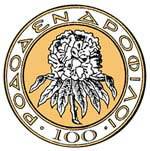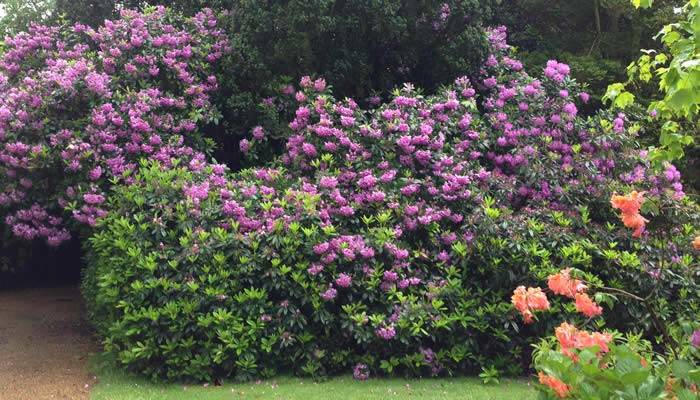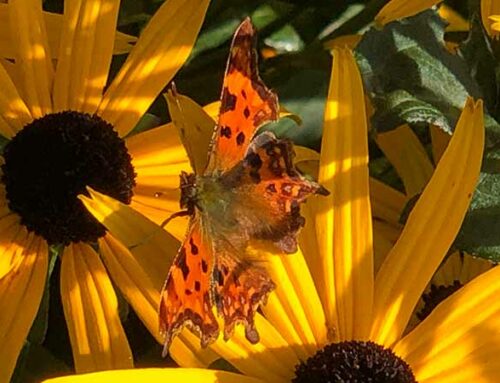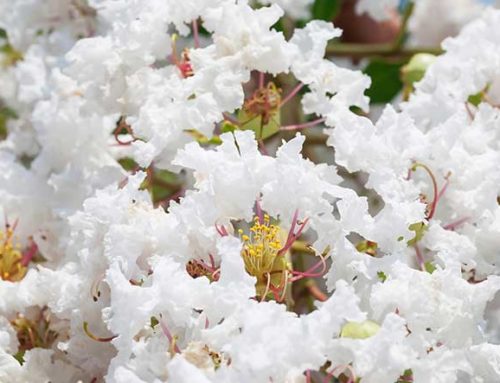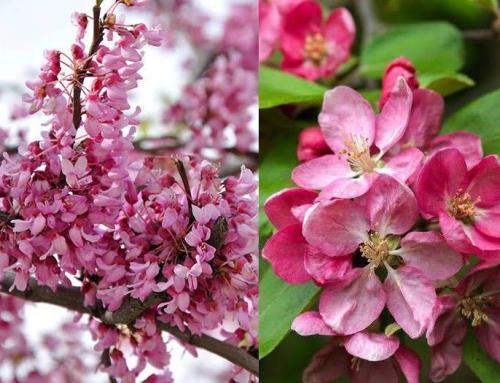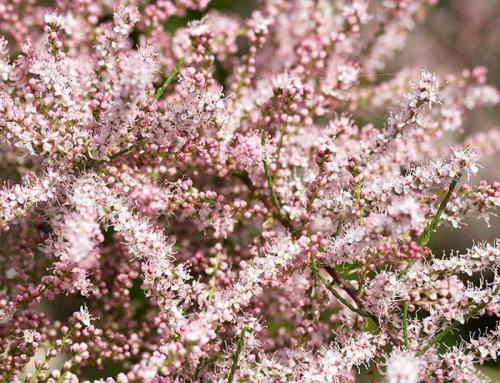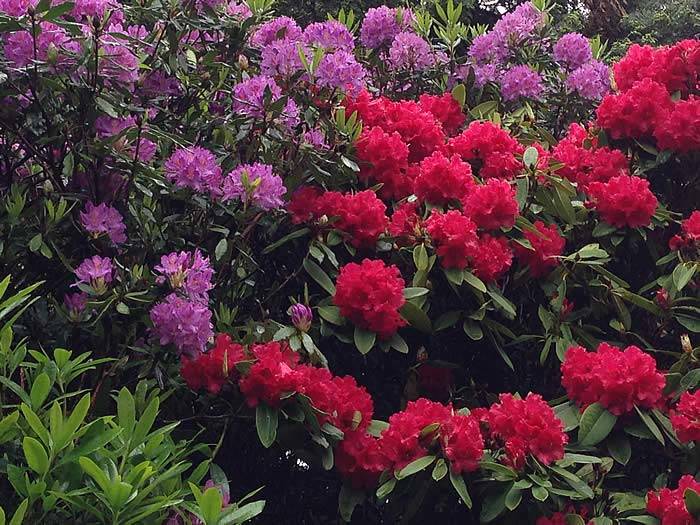
Rhododendrons remain much admired, particularly at this time of the year
With interest, we noted today that the RHS Rhododendron Camellia and Magnolia Group has won a Silver Gilt Medal at the RHS Chelsea Show 2016 for their Rhododendron display – congratulations! While perhaps no longer a rare sight in British gardens, Rhododendrons remain much admired, particularly at this time of the year when they are generally in their prime. There was a time when Rhododendrons were rare – very rare indeed. One name is synonymous with the first large-scale introduction of Rhododendrons to the UK, after which a worldwide fever for these exotic flowering beauties took hold. Which brings me to the story of the Joseph Hooker Rhododendrons.
Sir Joseph Dalton Hooker (1817-1911) is in many ways an unsung hero. Outside horticultural circles, he is little known these days whereas his legacy is quite remarkable. Traveller, entrepreneur, writer, illustrator, taxonomist and botanist, Joseph Hooker can be considered the ultimate plant hunter. His father was a renowned botanist at Glasgow University (where a young Joseph attended lectures from age 7) and a director at Kew Gardens. Studying medicine rather than botany, Joseph Hooker used this qualification to get work as a junior surgeon on Royal Navy ships. Unlike his close friend Charles Darwin, Hooker was not personally wealthy and needed to find a way to fund his plant hunting travels to far-flung lands. His ultimate aim on these expeditions was always to explore and record botanical life in little known lands.
He gained experience by first travelling on expeditions to Iceland and to the Antarctic before embarking on his famed plant hunting mission to the Himalayas. The Himalayan trip lasted four years from 1847 to 1851 and yielded what has become known as the Hooker or the Sikkim Rhododendrons. In 1847, at the age of 30, Joseph Hooker set off for India on his first funded plant hunting mission, having secured a modest £450 government grant. Hooker travelled to Nepal but also to Sikkim, which at the time was a closed and secretive country. Gaining entry was no easy feat and much patience and diplomacy would have been required. In many of the more remote areas, he was the very first western traveller and at times he experienced very trying and dangerous conditions, including imprisonment. However, the expedition proved to be a resounding success. Over this four year period, he collected a massive 7,000 plant species, including 45 species of Rhododendron of which 25 were new to the world of botany.
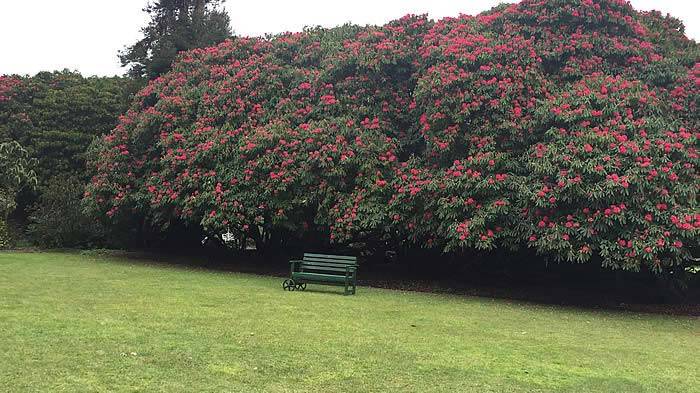
Original Joseph Hooker Rhododendrons (or Sikkim Rhododendrons) can still be seen and marvelled at in Britain today.
Hooker was the first of the plant hunters to send large quantities of seed back to Britain. It is this fact that eventually made the Rhododendron widely accessible rather than a rarity. At that time, collecting the seeds in the wilds of Sikkim was not an easy task, let alone safely shipping them over great distances. The seeds were generally collected by groups of local Indians who had to be specially trained in the task by Hooker himself. The seeds then had to be cleaned, sorted, labelled and packaged in readiness for the long journey by ship from Calcutta to England. The first batch of seeds arrived in Kew safely in 1849, and from there made their way around the country. Some propagation took place in Kew’s own nurseries but also in commercial plants nurseries and private estates throughout the UK. These Rhododendrons mostly proved excellent garden plants and many went on to become the basis for breeding today’s growing stock of rhododendron hybrids.
Not long after the seeds arrived in Britain, the number of cultivated species of Rhododendron doubled, largely due to these new discoveries from Hooker’s expedition to Sikkim. How gardeners at the time must have gazed in wonder at these exotic flowering trees, never before seen by western eyes! In no time at all, Joseph Hooker Rhododendrons became the most fashionable of plants for UK gardeners with impressive prices to match.
Original Joseph Hooker Rhododendrons (or Sikkim Rhododendrons) can still be seen and marveled at in Britain today. At the Lost Gardens of Heligan for example, you will find some of the oldest rhododendrons in Britain, grown from tiny seeds sent from India. There is an enormous free flowering specimen of Rhododendron Niveum with pale purple flowers. It was planted in the late 1850s from seed introduced from Sikkim by Joseph Hooker. There are also 150 year old specimens of Rhododendron Arboreum and the rare and magnificent white flowering Rhododendron Falconeri, the latter first spotted by Hooker whilst on a trek near Darjeeling in 1848, awaiting permission to travel to Sikkim.
The Rhododendron Dell at Kew Gardens, one of the most popular spots in Victorian London, is where the new species of Joseph Hooker Rhododendrons were originally planted. They can be still be seen and enjoyed there today.
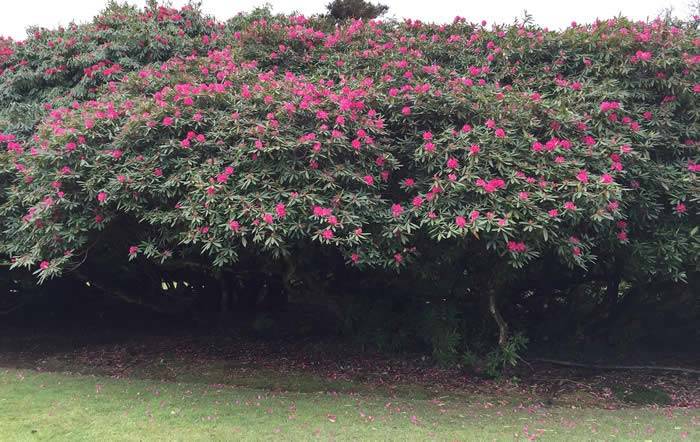
Ancient Rhododendrons at Heligan
In 1855, Joseph Hooker eventually began his long career at Kew and was appointed director 10 years later. Under his watch, Kew continued to thrive as a scientific institution of world renown and botany was transformed from a pastime to a scientific discipline.
More Information:
The Lost Gardens of Heligan…
Kew Gardens….
The Rhododendron Collection at Paramount Plants.
Related Posts – an informal history of Camellias in Britain…
Paramount Plants & Gardens is a corporate member of the RHS Rhododendron, Camellia and Magnolia Society. 